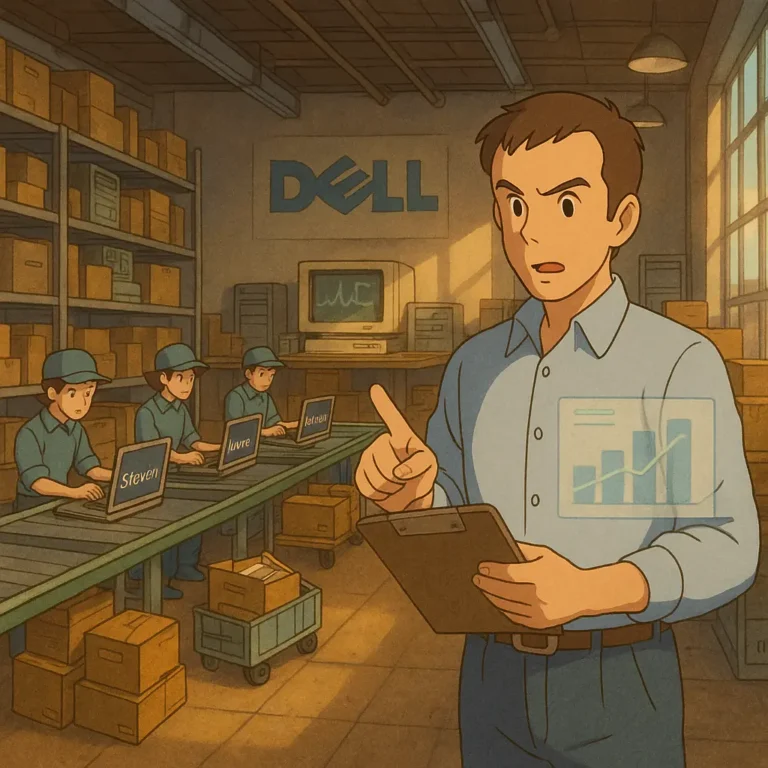
With competition at an all-time high, there has never been a more urgent need for supply chain collaboration.
Collaboration is when different parts of the supply chain (internal and external) work together to get the best out of the supply chain operation. It is a long-term partnership between parts, processes, and stakeholders of the supply chain for the common purpose of customer satisfaction.
Collaboration is more common than you think. Take, for example, your car. It compromises over 4,000 parts. The car company definitely did not make all those parts. They had to partner with different stakeholders and processes to ensure it was possible.
Despite its effects and benefits, it is easy to overlook the importance of building long-term partnerships.
Why Does Supply Chain Collaboration Matter?
The complexities of dealing with supply chain collaboration can be pretty daunting. And building long-term relationships or collaborations takes time and effort.
It can be much easier to focus on one-off outsourcing and be done with it. However, with competition among supply chains at an all-time high, there has never been a more urgent need for collaboration.
So this article highlights six benefits of supply chain collaboration and how you can maximize your supply chain potential as a supply chain manager. But before that, there are a few drivers of supply chain collaboration.
Drivers of Supply Chain Collaboration
Although supply chain collaboration is great, supply chains and their leadership cannot get in bed with every supplier, business, or process. For supply chain collaboration to be successful, there are factors the supply chain manager has to consider. They are:
Trust: There has to be some level of trust between the stakeholders and parties involved in the collaborative effort. This will allow all of them to put in their best.
Commitment: Without a commitment to the shared vision and goal of the supply chain operation, each party, process, and stakeholder will struggle to do their part.
Decision Synchronization: Every decision made across the supply chain must be in sync with the objective of the operation. It must also be shared with all parties immediately to enable them to take necessary actions and plan their processes.
Incentive Alignment: Stakeholders and partners in the supply chain should have reasonable incentives to drive them. More importantly, these incentives should be aligned with the objective.
Information: Without relevant information, the supply chain cannot operate successfully. It must be free-flowing and standardized.
Types of Supply Chain Collaborations
There are two types of supply chain collaborations. They are horizontal and vertical supply chain collaborations.
Horizontal supply chain collaboration is when supply chains on the same level come together to perform certain aspects of their supply chain, increasing efficiency and saving costs.
Vertical supply chain collaboration is when multiple businesses in different stages of a singular supply chain come together to enhance that supply chain’s productivity and performance.
Vertical supply chain collaboration is more prevalent in the business climate today, but they both have their benefits. While different, both forms of supply collaboration have powerful advantages to the supply chain.
Six Reasons Why You Should Consider Supply Chain Collaboration
Modern supply chains are filled with complexities and sometimes too many challenges. This means each supply chain has to leverage new partners and people to ensure it is able to overcome these challenges and complexities. Yes, a supply chain can try to go about itself. But the cost and process might be too much. Here are six reasons to consider supply chain collaboration.
Long-Term Cost Reduction
There are generally four types of costs that occur from your day-to-day outsourcing. Transactional cost, process cost, inventory cost, and uncertainty cost. All these costs can be driven down through collaboration.
Collaboration, especially as a sourcing strategy in Africa, allows the supply chain to take advantage of the economies of scale factor when dealing with their partners.
When businesses forge long-term relationships with partners, they gradually understand each other’s business processes, putting them in sync. Naturally, the four types of costs mentioned earlier are eliminated, driving down or reducing the cost of the supply chain.
Efficient Inventory Management
As supply chain managers, holding inventory can become an unnecessary burden, not to mention the money being tied down.
Manufacturers never want to be caught in a situation where they don’t have the inventory to meet demand, but they don’t want to hold inventory they can’t sell.
This battle to create the perfect situation can quickly become complicated, leaving supply chain managers stuck.
However, with supply chain collaboration, the inventory can be streamlined because trust and communication between both parties ensure efficient inventory management. This eliminates fears of inventory downtime.
Ensures Better Product Quality and Safety
Jack of all trades? Master of none.
Every business has its areas of speciality. Apple Inc., for instance, focuses on research, which is its strength. However, they partner with many businesses to bring their products to life.
When businesses try to handle their supply chain alone, they tend to make mistakes, become redundant, and ultimately fail on all ends.
Collaborating in the supply chain allows all parties involved to focus on their specialities. Again considering Apple inc’s supply chain, TSMC (Taiwan semiconductor manufacturing company) makes the chip, Samsung and LG manufacture the panels, Sony makes the camera, and so on.
In 2022, Apple Inc. ordered 30 million iPhones. Each of their business partners, who are also market leaders, focuses on their strengths, giving Apple the best product possible.
It is really a win-win situation.
Supply Chain Flexibility
A flexible supply chain is a supply chain that can accommodate disruptions in the supply chain by changing its flow.
However, there has to be an already established alternative for this to happen. So, how can you achieve this as a supply chain manager? By building long-term partnerships with multiple businesses.
Collaborating with multiple businesses in the supply chain allows a supply chain to withstand such disruptions for several reasons such as:
- The supply chain is a priority to its partners. Consider Mcdonald’s. The fast food giant will always be Coca-Cola’s priority. You will always find Coke in a McDonald’s store, even when there is scarcity.
- Multiple collaborations allow one partner to step in for another when there is an issue. Samsung and LG are long-term partners with Apple Inc. They can always step in for each other if there is a disruption.
A flexible supply chain is always better than an agile supply chain.
Supply Chain Resilience
Supply chain resilience and flexibility may look the same but differ. Here is why:
Supply chain flexibility is the ability of the supply chain to continue despite disruptions. In contrast, supply chain resilience means the supply chain will be impacted by disruption but will ultimately bounce back.
In March of 2000. Smartphone sales were picking up, and Nokia had a 40% stake in the smartphone market share.
Ericsson and Nokia, two of Philip’s long-term partners, suddenly had issues in their New Mexico factory, making over 18 million chips daily.
Almost like the universe had conspired against Nokia within a week. This disruption led to massive ripples in Nokia’s supply chain. However, Nokia was not going to go down without a fight.
In a long story cut short, Nokia survived the disruption. But its subsequent moves would not have been possible without a relationship cultivated for a long time.
Supply Chain Visibility
As a supply chain manager, tracking the different components of your supply chain gives you a good pulse on the overall state of your supply chain.
How do you achieve this? By integrating business processes and communication. However, you cannot do this without a long-term partnership in place.
You can achieve optimal supply chain visibility through supply chain collaborations with businesses you have come to trust over time and have a track record of reliability.
Final Note
While supply chain collaborations can be beneficial, a supply chain would not fully benefit from collaboration without digital collaborative solutions.

Obinabo Tochukwu Tabansi is a supply chain digital writer & ghostwriter helping professionals and business owners across Africa explore various strategies that work and learn from the success and failures of various supply chains across the globe. He also ghostwrites social content for logistics & supply chain businesses









23 thoughts on “Supply Chain Collaboration: Why You Need It”